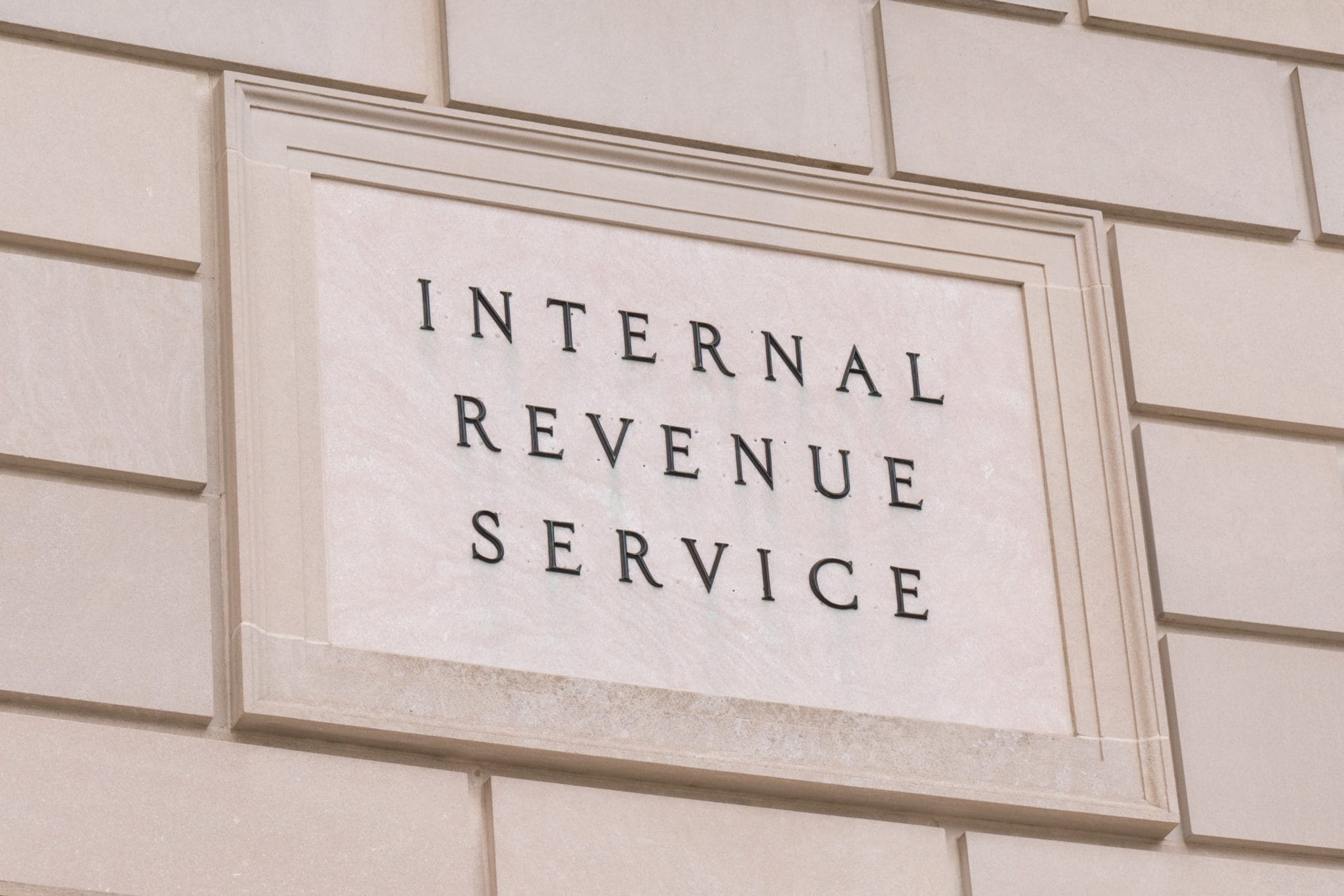The Taxpayer Certainty and Disaster Tax Relief Act of 2020 (TCDTRA) signed into law in December of 2020 retroactively amended the Employee Retention Credit (ERC) to allow eligible employers to claim credit even if the employer previously obtained a Paycheck Protection Program (PPP) loan. Now eligible employers can claim the credit on any wages that are not counted as payroll costs when obtaining PPP loan forgiveness.
On March 1, 2021 the IRS issued Notice 2021-20 to clarify and describe retroactive changes relating mostly to the expanded eligibility for the credit. The notice features a question and answers format similar to FAQs posted on their website about the ERC. Only the rules applicable to 2020 are covered in Notice 2021-20. The IRS plans to release additional guidance for 2021, although there has been no date set for that notice release. Taxpayers may rely on the guidance issued in Notice 2021-20 for 2020 ERC and avoid penalties if taking positions in line with the guidance.
Of particular interest, the notice addresses the following: if an employer that received a PPP loan is eligible for the ERC (Question 49 in Notice) and if an employer that files quarterly federal employment tax returns may take into account qualified wages paid in a past calendar quarter in which they did not elect to take a credit (Question 57 in Notice).
From IRS Notice 2021-20:
Question 49: May an employer that received a PPP loan be eligible for the ERC?
Answer 49: Yes. An employer that received a PPP loan may claim the ERC for any qualified wages paid to employees if the employer is an eligible employer that meets the requirements for the credit. However, qualified wages for which the employer claims the ERC are excluded from payroll costs paid during the covered period (payroll costs) that qualify for forgiveness under the PPP. See section 7A(a)(12) of the Small Business Act, as amended by section 206(c)(1) of the TCDTRA.
CARES Act Sec. 2301(g)(1), as amended by the TCDTRA, permits an eligible employer to elect not to take into account certain qualified wages for purposes of the ERC. An eligible employer generally makes the election by not claiming the ERC for those qualified wages on its federal employment tax return. However, an eligible employer that received a PPP loan is deemed to have made the election under CARES Act Sec. 2301(g)(1) for those qualified wages included in the amount reported as payroll costs on a Paycheck Protection Program Loan Forgiveness Application (PPP Loan Forgiveness Application). Specifically, the amount for which the eligible employer is deemed to have made the election is the amount of qualified wages included in the payroll costs reported on the PPP Loan Forgiveness Application up to (but not exceeding) the minimum amount of payroll costs, together with any other eligible expenses reported on the PPP Loan Forgiveness Application, sufficient to support the amount of the PPP loan that is forgiven. The ERC does not apply to the qualified wages for which the election or deemed election is made. An eligible employer is not deemed to have made an election for any qualified wages paid by the eligible employer that are not included in the payroll costs reported on the PPP Loan Forgiveness Application.
Notwithstanding a deemed election, if an eligible employer reports any qualified wages as payroll costs on a PPP Loan Forgiveness Application to obtain forgiveness of the PPP loan amount, but the loan amount is not forgiven, those qualified wages may subsequently be treated as subject to CARES Act Sec. 2301 and may be taken into account for purposes of the ERC. If an eligible employer obtains forgiveness of only a portion of the PPP loan amount, then the employer is deemed to have made an election for the minimum amount of qualified wages included in the payroll costs reported on the PPP Loan Forgiveness Application necessary to obtain the forgiveness of that amount of the PPP loan.
Example: Employer C received a PPP loan of $200,000. Employer C is an eligible employer and paid $200,000 of qualified wages that would qualify for the employee retention credit during the second and third quarters of 2020. Employer C also paid other eligible expenses of $70,000. Employer C submitted a PPP Loan Forgiveness Application and reported the $200,000 of qualified wages as payroll costs, as well as the $70,000 of other eligible expenses, in support of forgiveness of the PPP loan. Employer C received a decision under section 7A(g) of the Small Business Act in the first quarter of 2021 for forgiveness of the entire PPP loan amount of $200,000. In this case, Employer C is deemed to have made an election not to take into account $130,000 of qualified wages for purposes of the employee retention credit, which was the amount of qualified wages included in the payroll costs reported on the PPP Loan Forgiveness Application up to (but not exceeding) the minimum amount of payroll costs, together with the $70,000 of other eligible expenses reported on the PPP Loan Forgiveness Application, sufficient to support the amount of the PPP loan that was forgiven. As a result, $70,000 of the qualified wages reported as payroll costs may be treated as qualified wages for purposes of the employee retention credit.
Question 57: May an eligible employer that files quarterly federal employment tax returns take into account qualified wages paid in a past calendar quarter in which the eligible employer may have been entitled to claim the credit, but elected not to do so?
Answer 57: Yes. An eligible employer may file a claim for refund or make an interest-free adjustment by filing Form 941-X, Adjusted Employer’s Quarterly Federal Tax Return or Claim for Refund, for a past calendar quarter to claim the ERC to which it was entitled on qualified wages paid in that past calendar quarter, following the rules and procedures for making those claims or adjustments.
An eligible employer that received a PPP loan and did not claim the ERC may file a Form 941-X for the relevant calendar quarters in which the employer paid qualified wages, but only for qualified wages for which no deemed election was made. See Q/A–49.
A special fourth quarter rule, provided by TCDTRA Sec. 206(e)(2), is also available for any qualified wages paid in the second or third quarters of 2020 that were reported as payroll costs on a PPP Loan Forgiveness Application if the loan amount was not forgiven.
Please visit our COVID- 19 and PPP Loan Resource Center for the latest news, links, and blog posts with information to help businesses and individuals through the challenges associated with the pandemic, including PPP Loan assistance. Contact us if we can be of assistance.
© 2021
Written by: Erin Kidd, EA, AFC, MBA


